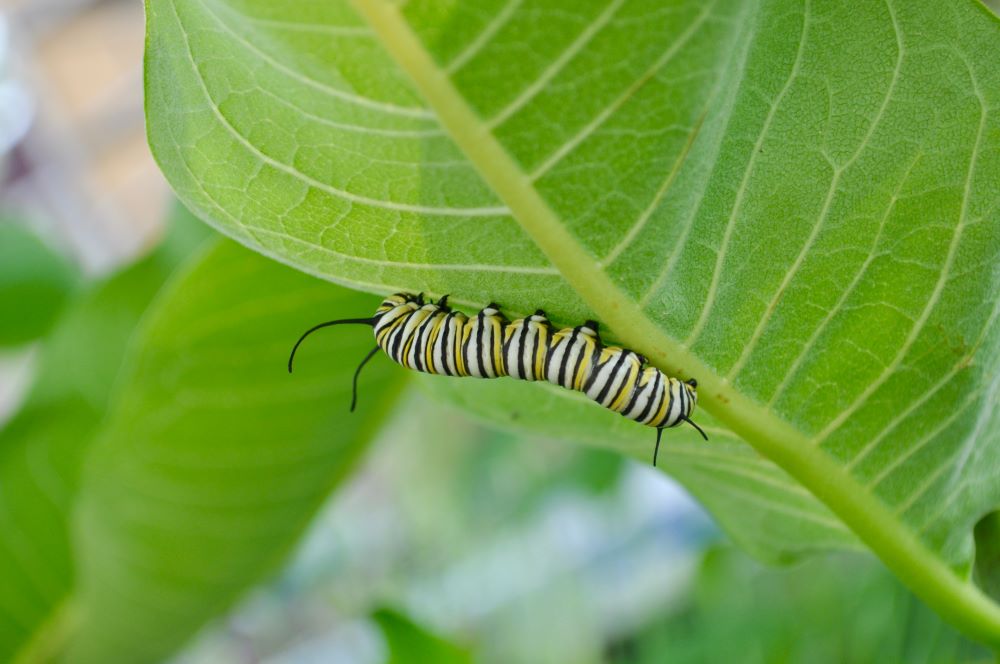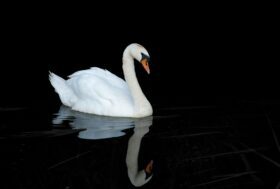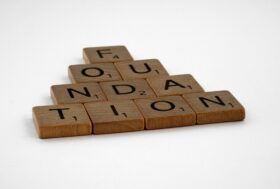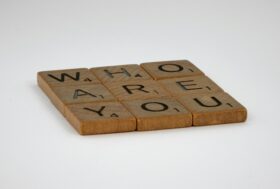An exploration of curriculum continuity from the Early Years Foundation Stage to Key Stage 1

Transition from the Early Years Foundation Stage (EYFS) to Key Stage 1 often marks a shift from a play-oriented curriculum to a goal-focused one. This usually results in changing environments, pedagogy and expectations, despite the fact that, at the start of Year 1, children are only six weeks older than when they finished Reception. As a Key Stage 1 and Reception teacher in a federation of schools, I have experienced this challenge first-hand. Moving to Reception from Key Stage 1, I was struck by how much children achieve in Reception and how much of this seems to be lost in transition.
Evidence suggests that, in order for transition from Reception to Year 1 to be effective, curriculum continuity that builds on play-based learning is vital (Mayfield, 2003; Fisher, 2011; Early Excellence, 2017). This led me to ask, ‘How can the transition process from the EYFS to Key Stage 1 have curriculum continuity and build on play-based learning?’ (Taylor Jones, 2018).
To address this question, Reception and Year 1 teachers completed questionnaires written by the school, and the senior headteacher and six Year 1 and Reception teachers were interviewed about their perspectives on transition. The questionnaires used Likert scales to explore whether teachers felt that the federation’s transition had curriculum continuity, whether they would like more, whether it would improve the transition, and whether they prefer more formal or play-based approaches to teaching Reception and Year 1. Interviews were conducted to explore responses in greater depth.
Reception and Year 1 children from one school completed questionnaires that asked how they felt about Reception and Year 1, and asked them to draw a picture of what they like in Reception and Year 1 or what they are looking forward to. Five from each year participated in a focus group exploring their experiences in Reception and Year 1 and their feelings about transition. Informed consent was gained from staff and parents, and children were able to give assent throughout. Questionnaire responses were tallied and trends identified in the participant groups. Interviews were transcribed and analysed to identify children’s and teachers’ perceptions of transition, and the implications were used to develop transition from the EYFS to Key Stage 1.
Key findings and recommendations
Children from Reception and Year 1 viewed their experiences in Reception positively: ‘I put super smile… because I liked Reception, I love playing.’ However, half expressed anxiety or apprehension about beginning Year 1: ‘I feel worried because I just don’t know what toys they will have’; ‘You just have to do learning all of the time.’ This was echoed by Year 1 children, with those interviewed describing a loss of play once they started Year 1: ‘I feel sad because I don’t do choosing… I wanted to stay in Reception because I liked playing with the toys and I didn’t want to stop playing with them.’ The loss of play had also created associations between learning and sitting at tables, being asked to complete work and writing, and this appeared to negatively impact on the Year 1 children’s enjoyment of learning: ‘It’s a thumbs down for learning.’ This suggested the importance of developing more developmentally appropriate pedagogy in Year 1 and continuing with child-initiated learning in order for children to take ownership over, feel invested in and enjoy their learning (White and Sharp, 2007; Robson, 2015).
Meanwhile, teachers predominantly referred to continuity of pedagogy being key to effective transition, rather than curriculum continuity: ‘A child in July in Reception and the child in September Year 1 is still the same child with the same abilities and passions… [it would benefit] children and teachers if we actually embraced that level of development and altered our expectations within the Year 1 classroom.’ Indeed, evidence suggests that developing EYFS practices in Year 1 benefits children’s personal, social and emotional development, speaking and listening, and writing (Fisher, 2011). Together, this illustrated the importance of continuing EYFS pedagogy into Year 1 in order to develop an effective transition that meets the needs of the children.
Senior leaders and class teachers also reflected that whilst EYFS practice should continue into Year 1, it needs to be modified so that it reflects the children’s stage of development, next steps in school, and their sense of growing up (White and Sharp, 2007). As part of this, they felt that transition should be seen as a process of adaptation (Sanders et al., 2005), which happens over the course of Year1: ‘They carry on with Reception style to begin and transition happens in the same class with the same teacher and in familiar surroundings’ (Taylor Jones, 2018, p. 56).
As both teachers and children suggested that it was not what was taught but how that was a challenge in Year 1, we have reviewed the pedagogy rather than the curriculum; Year 1 is now viewed as a transition year, which builds on the play-based practice of Reception. This year, Year 1 has begun much like the EYFS, with short, whole-class teaching sessions, child-led learning and focus groups. An autumn evaluation survey with Year 1 teachers suggests that children are engaged in their independent learning and able to extend themselves; focus groups and targeted work mean that teachers are able to address needs immediately; and teachers feel that there is time for real depth of learning. However, some teachers expressed concerns that children are not ‘doing what they’re meant to’ during independent learning and are worried about resources. This points to the need for further continued professional development (coached lessons, understanding of play, peer observations) and working closely with staff in the EYFS, to support teachers and the senior leadership team to understand the purpose and value of play and what learning through play can look like, and to gain confidence with teaching and learning in this way.
Therefore, key to the success of our transition vision moving forward is professional development for staff; as we begin to evaluate the year so far and plan for transition next year, the focus is on embedding understanding of EYFS pedagogy and the value of child-led learning in order for pedagogical continuity to be possible.
References
Early Excellence (2017) Teaching Four & Five Year Olds: The Hundred Review of the Reception Year in England. Huddersfield: Early Excellence.
Fisher J (2011) Building on the Early Years Foundation Stage: Developing good practice for transition into Key Stage One. Early Years 31(1): 31–42.
Mayfield MI (2003) Continuity among early childhood programs: Issues and strategies from an international view. Childhood Education 79(4): 239–241.
Robson S (2015) Self-regulation, metacognition and child- and adult-initiated activity: Does it matter who initiates the task? Early Childhood Development and Care 186(5): 764–784.
Sanders D, White G, Burge B et al. (2005) A Study of the Transition from the Foundation Stage to Key Stage 1. London: DfES.
Taylor Jones E (2018) An exploration of curriculum continuity from the Foundation Stage to Key Stage One. MA report, University College London, UK.
White G and Sharp C (2007) It is different… because you are getting older and growing up: How children make sense of transition to Year 1. European Early Childhood Education Research Journal 15(1): 87–102.










